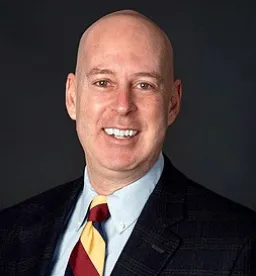While the NCAA (National Collegiate Athletic Association) appears to be loosening restrictions on student-athletes transferring between colleges, the governing body for New York public high school athletics is examining ways to make it more difficult for their student-athletes to transfer between high schools.
This fall, the 22-member executive committee of the New York State Public High School Athletic Association (“NYSPHSAA”) will examine whether to amend its rules governing transfer from public to private high schools. The NYSPHSAA amendment will require a transferring student to sit out one year, similar to the current NCAA rules.
Recently, the NCAA’s Division I Board of Directors voted to grant autonomy to the five largest college football conferences (Big 12, Big Ten, Atlantic Coast Conference, PAC-12, and Southeast Conference). These Big 5 power conferences, in effect, are being permitted to have more autonomy and more control over how they govern themselves. One thing the NCAA and the new Big 5 power conferences must address is the complex issue of student-athletes transferring between institutions.
NCAA transfer rules vary with the sport. Generally, transferring student-athletes must sit out one year and spend a year in residence at the new school before they can resume their collegiate career. Athletes can apply for a family hardship waiver to be allowed to play immediately. However, current transfer rules also permit schools to deny an athlete’s release from a scholarship, making it impossible to accept another scholarship from a different school.
The NCAA and the Big 5 power conferences want to streamline the transfer process and make it more equitable for transferring student-athletes and colleges. One proposal would eliminate the hardship waiver, but it also would eliminate the condition that the players lose a year of their eligibility.
In contrast, the NYSPHSAA seems to be heading towards making it more onerous for transferring high school students to maintain their interscholastic eligibility. Currently, a public high school student in New York may transfer, without penalty, to another public high school or a private high school within the same district with a corresponding change in residence of his or her parents. The student is eligible to participate in interscholastic athletics upon starting regular attendance at that new school.
A New York student who transfers without a change in residence of his or her parents is ineligible to participate in interscholastic athletic contests. However, if the student is transferring to a public or private school within the district where his or her parents reside, the student will be permitted a one-time waiver of the transfer rule. In addition, the NYSPHSAA’s educational hardship waiver permits athletes to transfer from public to private schools to pursue an educational advantage.
The NYSPHSAA is considering eliminating the educational advantage exemption to the transfer rule and to require all student-athletes transferring from public to private schools to sit out one academic year.
Members of the NYSPHSAA executive committee point out that this is not solely a private school issue. They note that there are many students transferring from one public school to another public school for academic advantage, such as to take certain advanced placement classes.
The issue of high school student-athlete transfers is not unique to New York. Other states, including California, Florida, Michigan, New Jersey, are exploring ways to create equitable transfer policies for both students and schools.




 />i
/>i

